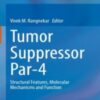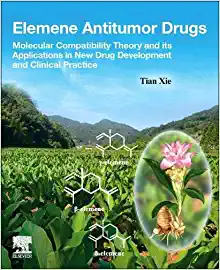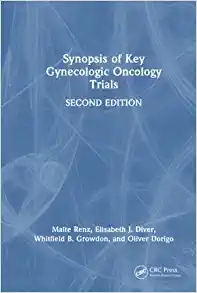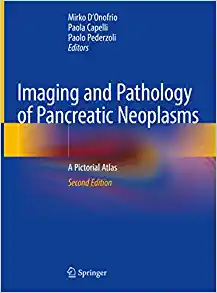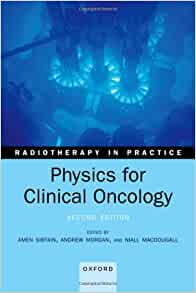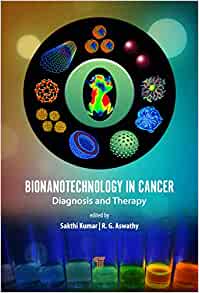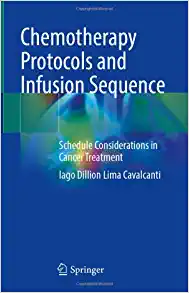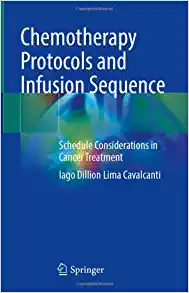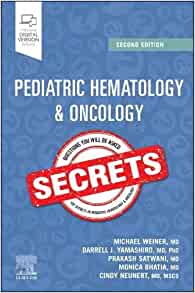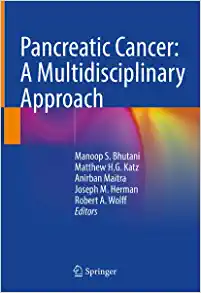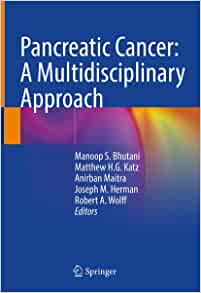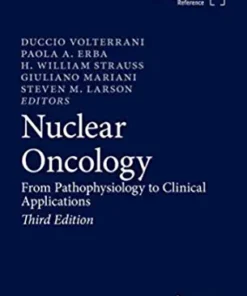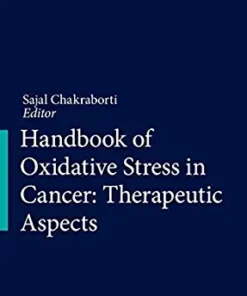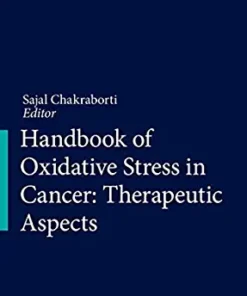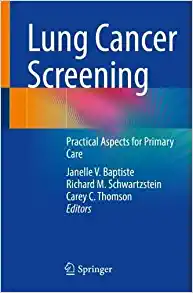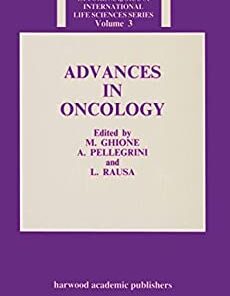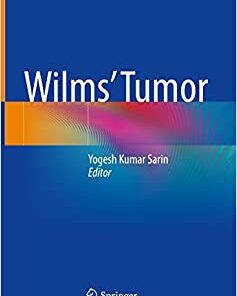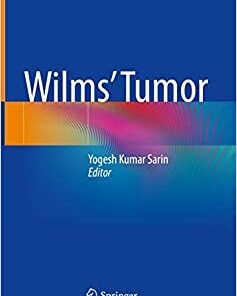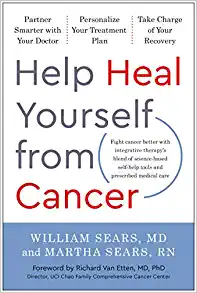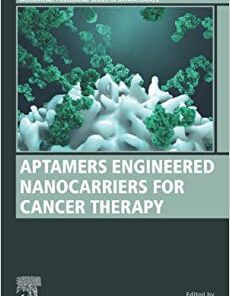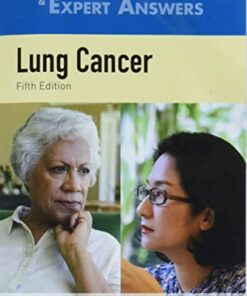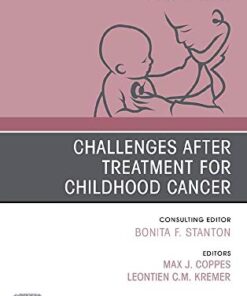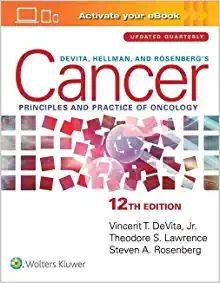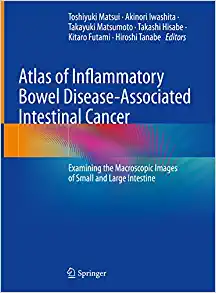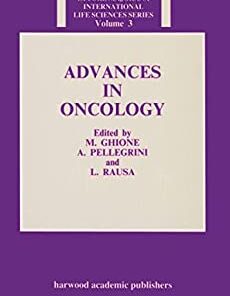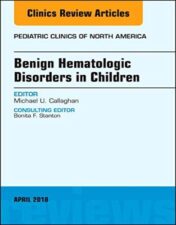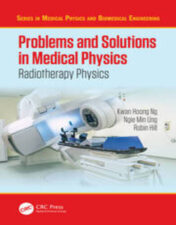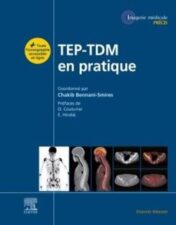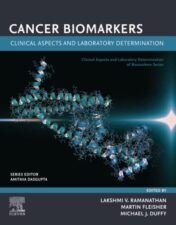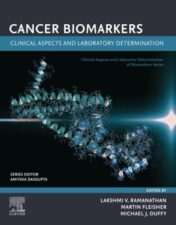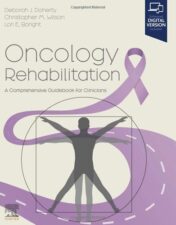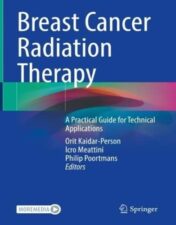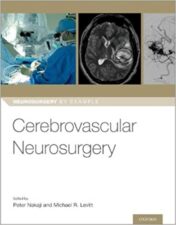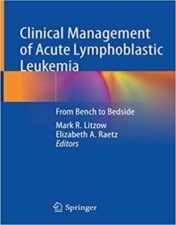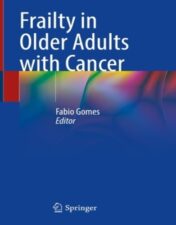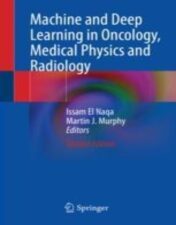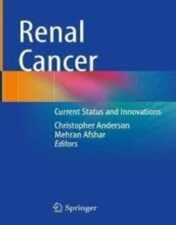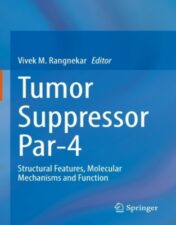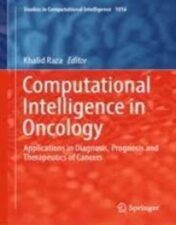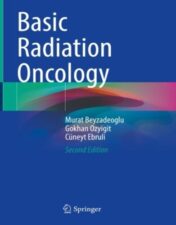Cannabis and Cannabinoid-Based Medicines in Cancer Care A Comprehensive Guide to Medical Management 2022 Original pdf
$15
Cannabis and Cannabinoid-Based Medicines in Cancer Care A Comprehensive Guide to Medical Management 2022 Original pdf
The use of cannabinoid-based medicines (CBM), and cannabis in particular, has risen steadily among cancer and palliative care patients over the last few years. This textbook aims to address the multiple challenges facing healthcare providers regarding the use of CBM in this vulnerable patient population. It provides insight into the latest preclinical and clinical data and offers a practical approach on the use of CBM in a rapidly evolving landscape. It answers questions regarding the prescribing process and elucidates controversies regarding cannabis’ disease-modifying effects. The first chapters will review basic concepts of the endocannabinoid system and pharmacology of CBM, while focusing more specifically on the unique characteristics of two main cannabinoids: THC and CBD. Indicating which benefits can be expected from using either or both of these compounds, the book then addresses issues of drug-drug interactions and other challenges involved in prescribing CBM to frail patients with polypharmacy and multiple comorbidities. Comparing available products, both approved and non-approved by the FDA, the book discusses regional challenges for accessing reliably tested and labelled products in the context of standardization efforts. After carefully determining objectives and addressing patient expectations, further chapters will examine the different clinical settings in which CBM may be useful in cancer care and explore symptom management, including cancer pain, anxiety, nausea, and insomnia among others. The possible benefits of cannabis psychoactivity will also be discussed, including harm reduction strategies for patients who wish to explore these effects.
Cannabis and Cannabinoid-Based Medicines in Cancer Care: A Comprehensive Guide to Medical Management serves as a comprehensive text for oncologists, palliative care specialists, general practitioners, and nurse practitioners working with cancer patients or in palliative care settings.
Related Products
ONCOLOGY BOOKS
ONCOLOGY BOOKS
ONCOLOGY BOOKS
ONCOLOGY BOOKS
ONCOLOGY BOOKS
ONCOLOGY BOOKS
Internal Medicine Books
The PassMachine Medical Oncology Board Review 2020 (v5.1) (Beattheboards) (Lectures)
ONCOLOGY BOOKS
ONCOLOGY BOOKS
ONCOLOGY BOOKS
ONCOLOGY BOOKS
ONCOLOGY BOOKS
ONCOLOGY BOOKS
Advanced Skin Cancer A Case-Based Approach 2022 Original pdf
ONCOLOGY BOOKS
ONCOLOGY BOOKS
ONCOLOGY BOOKS
ONCOLOGY BOOKS
ONCOLOGY BOOKS
ONCOLOGY BOOKS


